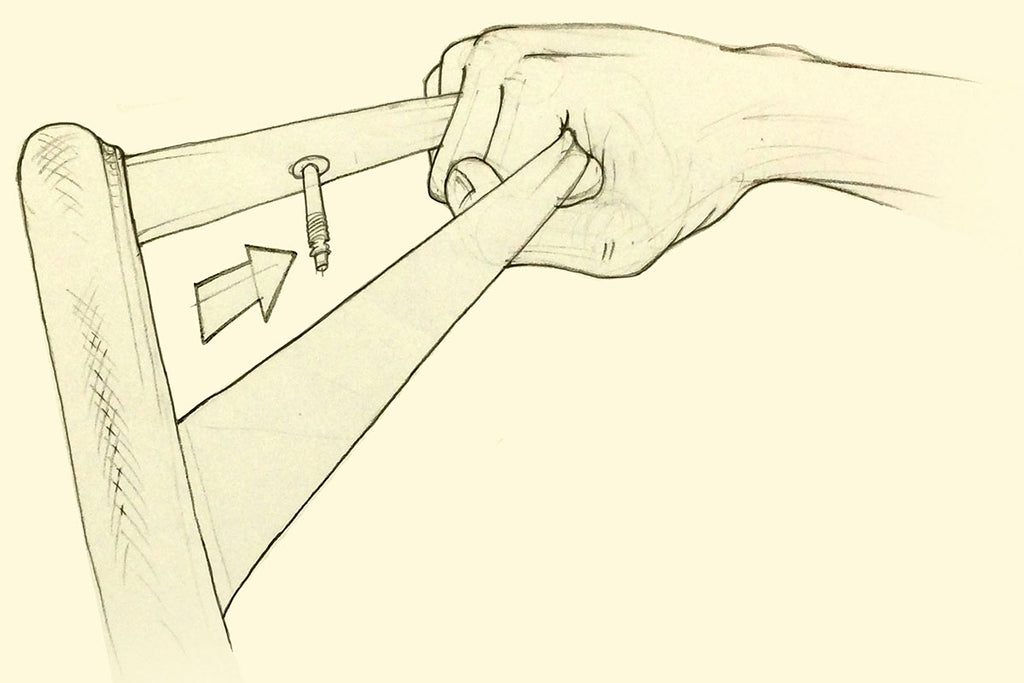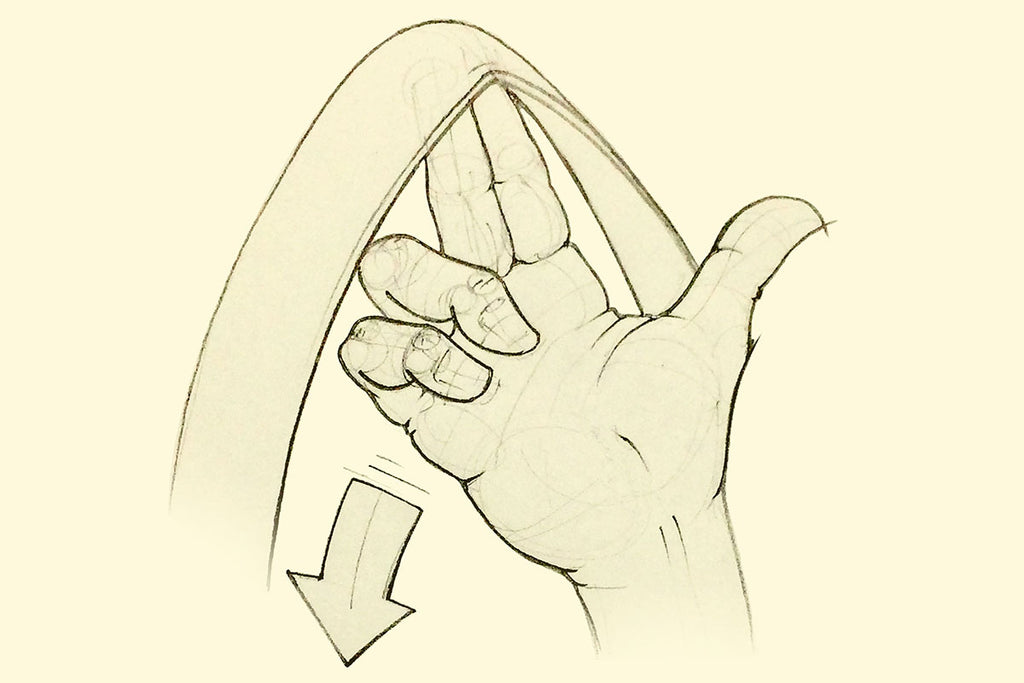If you can master task the dreaded puncture and flat tyre scenario, you've got an essential skill for life.
Our how to guide walks you through removing and replacing an inner tube. It is a quick task and all you need is a tyre lever, new inner tube, and pump. We love this handy Continental bundle with inner tube, saddle bag and tyre levers.
Flat tyres are the result of air leaking from the inner tube, either because you have a ‘pinch flat’ caused by under inflation, or because something sharp has cut a hole in the tube.
1. Take your wheel off
Put the bike in its highest gear by moving the chain to the smallest cog on the cassette, then open the quick release at the brake and the wheel. Pull the wheel from the frame and set your bike aside.
Undo the thread at the end of the Presta valve on your wheel and let out any residual air.
2. Take off the tyre
Slip the flat end of a tyre lever under the tyre bead. Slide the lever in between the tyre and rim. If the bead feels tough to lever off or you find it tough to slide, insert your lever, and then use a second lever further away to start unhooking the tyre. Once one side of the tyre is completely off the rim, pull out the damaged inner tube.
Tip: The stiff edges of your tyre are made from steel or Kevlar, known as the bead. It helps the tyre stay on the rim.
3. Check for damage
The tyre should be sitting with one bead around the rim. Visually inspect the outside of the tyre, looking for glass that might be part embedded into it. Run your fingers round the inside looking for any debris.
Tip: Two side-by-side holes on the inner tube (like a snakebite) usually indicate a pinch flat, which is generally a result of under-inflation.
4. Install the new tube
With one side of the tyre seated on the rim, put the valve through the rim hole. Then tuck a new, slightly inflated tube inside. Start at the valve hole and work your away around to the opposite side.
5. Re-seat the tyre
Using the palms of your hands, roll the tyre back onto the rim, making sure the tube isn’t getting trapped or twisted under the bead. Start at the valve, working around the wheel. Aim to finish opposite the valve.
6. Inflate
Attach your valve stem to the pump head (there are two types: Schrader and Presta, the latter more common on road tubes). Inflate the tube to half your desired tyre pressure. Road tyres are generally inflated to between 80 an 120 psi.
It is possible to repair an inner tube using patches and glue, though this is usually a short term fix and because air can leak from the patch over time.
Shop inner tubes
Shop mini pumps and floor pumps
Shop tyre levers

Remove the tyre using a tyre lever

Pull out the flat punctured tube

Check for hidden sharp stones or glass that could repuncture your new tube